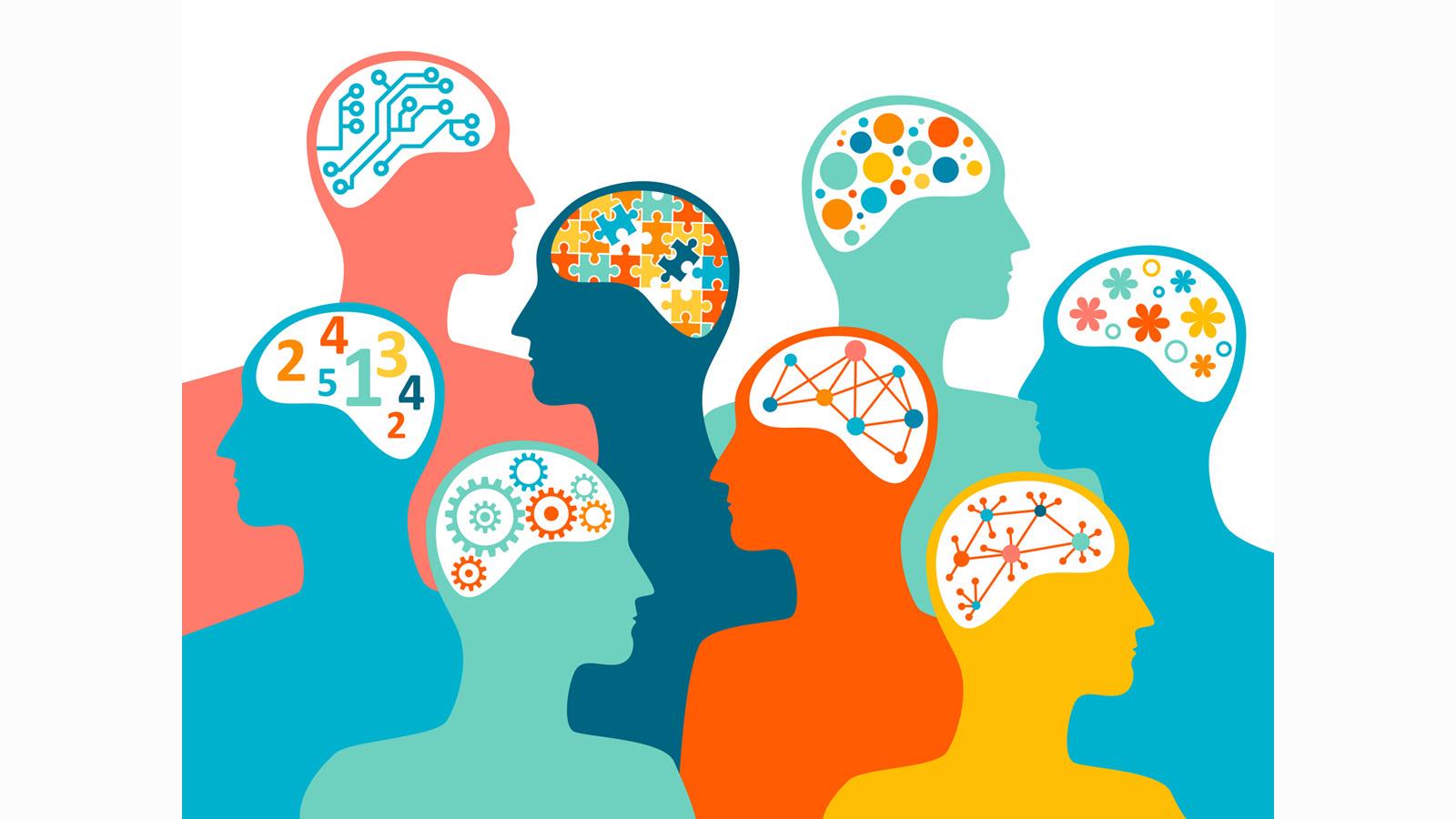“Neurodiversity” is a catch-all term that takes in a lot of ground these days. It can include autistic people as well as those who have attention deficit hyperactivity disorder (ADHD), dyslexia or other conditions considered “neurodivergent.”
Learning how to be inclusive and supportive to all might seem like a daunting task, but you can begin by understanding that people view and interpret the world in very different ways. That was a key takeaway from educational sessions CSL recently offered employees during Global Diversity Month.
Employees were encouraged to reflect on their own preconceived notions and to learn practical approaches to being more inclusive. They shared personal experiences, talked about loved ones and, in some cases, themselves.
“I think if you view this as something like throwing a pebble in a pond, the ripple effects of many such conversations can really be powerful in creating a world and communities and workplaces where empathy and compassion coexist with business results,” said CSL’s Head of Global Diversity, Equity & Inclusion Nidhi Chaudhary.
CSL is a global biotech company with 30,000+ employees who have a wide variety of roles – from laboratory science to manufacturing, law, finance and other disciplines. The company develops medicines for rare and serious diseases, as well as vaccines.
“Neurological differences are a natural part of being human, and should be recognized and respected as normal variations in the population,” said Alasdair James Scott, a Business Psychologist with PDT Global of London, who led one of the sessions.
An estimated 15-30 percent of the population lives with a neurodivergent condition (autism, ADHD, dyslexia and others). They can thrive at work when they encounter an open, supportive culture, he said. Neurodiverse people often have unique strengths, Scott said, pointing out that autistic people tend to be productive and detail-oriented. (Though it’s important not to generalize, he said.)
Despite their strengths, research shows that hiring managers are reluctant to hire people who have a neurodivergent condition, Scott said. Applicants might fare better if hiring practices better assessed their abilities instead of a measuring them against generic requirements that might not be essential to the job, according to a Neurodiversity Toolkit provided to employees. To make hiring more inclusive, ask whether long forms or timed tasks are necessary to the evaluation process, the toolkit recommends.
In day-to-day interactions, colleagues also can examine biases they might have about someone who doesn’t maintain eye contact or needs a quiet, calm space to complete a task. Recognizing that the concept of neurodiversity is likely new to a lot of people, Scott suggested the ACES method, which doesn’t call people out for being insensitive. Instead, it’s a way of “calling someone in” with a curious, nonjudgmental approach.
Acknowledge the situation with statements like: “I appreciate that.” “Can you tell me more?”
Clarify with inquiries such as: “It sounds like you are telling me…”
Explore with questions like: “What is the potential impact?” “What are the implications?”
Solve by responding with: “What would a better solution look like to you?” “How do you see this being different?”
The goal should be a productive conversation that leads to improved interactions, not bad feelings, Scott said.
“Seek to understand rather than be understood,” he said.
To learn more about neurodiversity, see how Harvard Health Publishing defines the term. There’s no one right way of thinking, learning and behaving, according to the Harvard Medical blog, and differences are not deficits.



